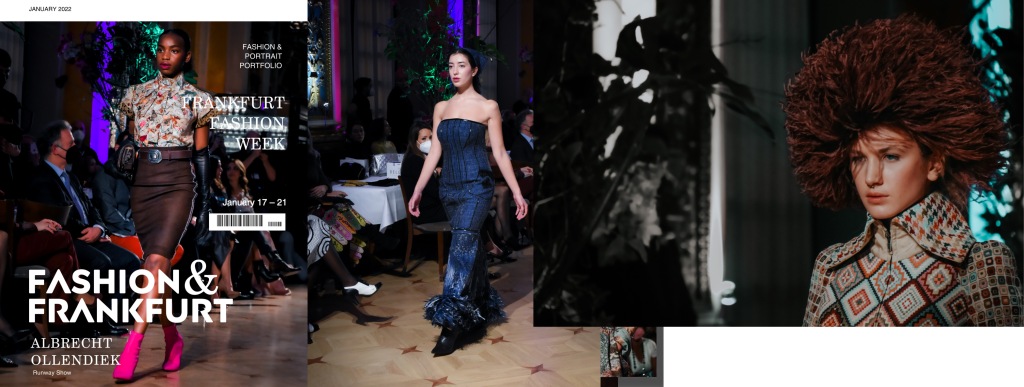
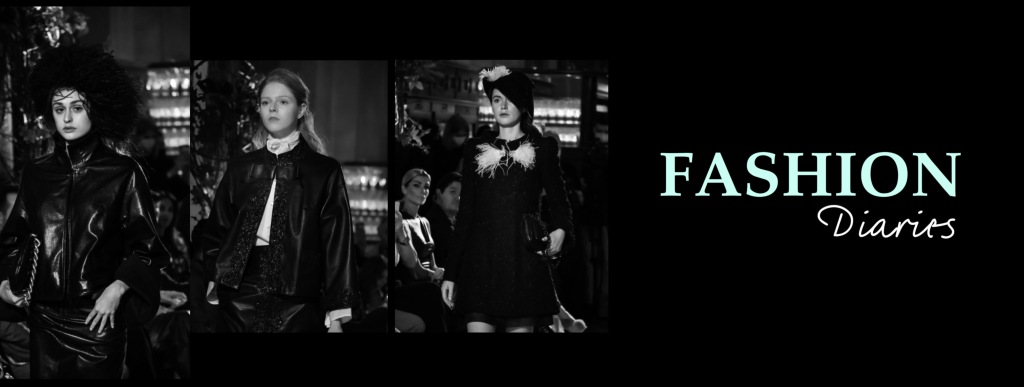
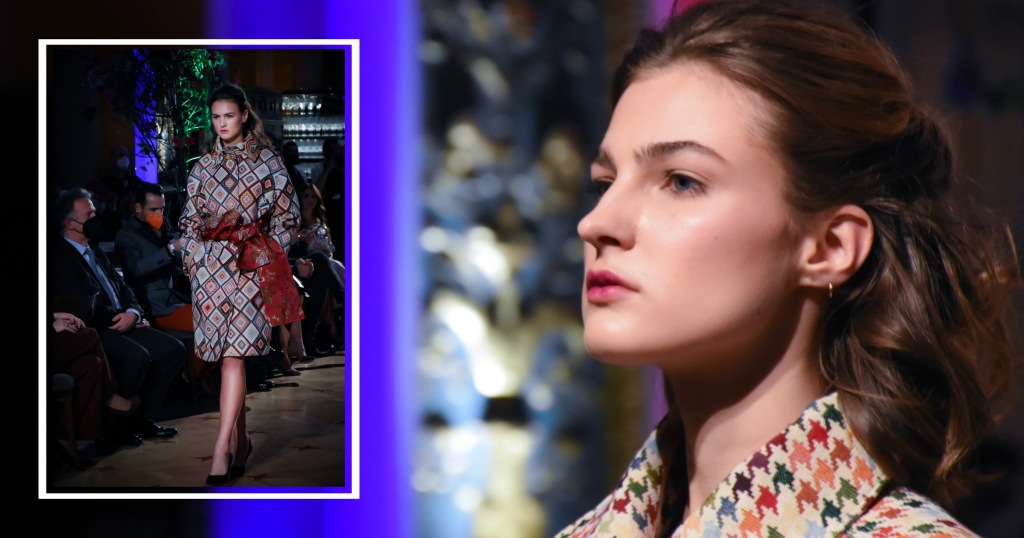














BASED IN FRANKFURT,
I specialize in various kinds of Photography – Agency, Startups, Headshots, Team Shots, Events, Product.
For me photography is both a hobby and a profession
I worked really hard to build my skill in photography and got involved in exciting projects. I find joy in photography which lets me enjoy many activities, I enjoy traveling and experiencing new cultures. Photography to me is a passport to meeting new people, experiencing other cultures and discovering common ground as well as differences. To put it simply, it’s a way for me to tell a story with a series of photographs and creating awareness and understanding across cultures, communities, and countries.
PORTFOLIO
PURPOSEFUL, POSITIVE, & POWERFUL
A Photowalk Project by Sanchali that celebrates and focuses on the influence of Women in Frankfurt, their area of expertise, their contribution to the society and the difference they are making.

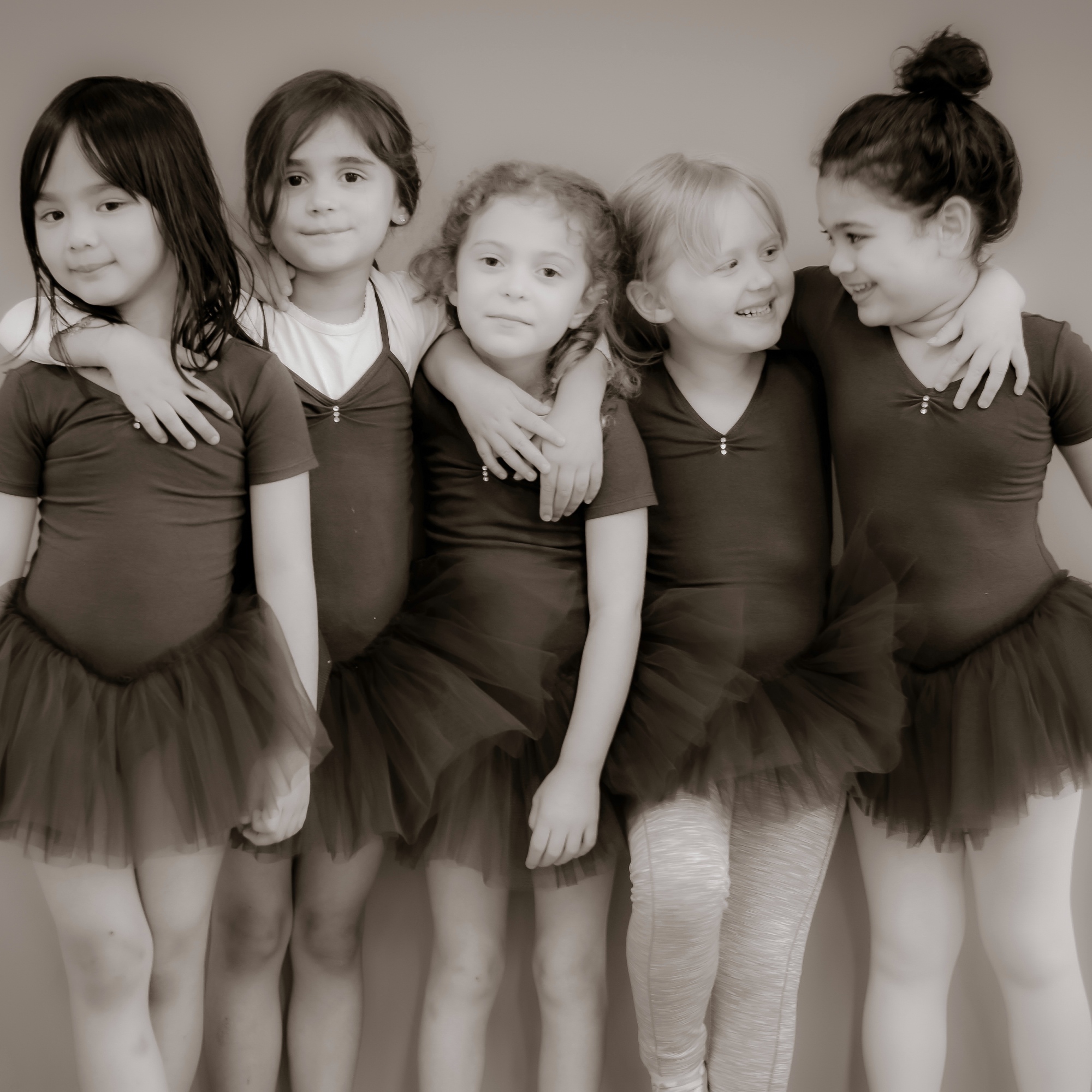




Wanting a shoot to capture more people (5+ individuals)? Perhaps you’re holding a training day and need headshots and some other group content, you can now book me in for an hour or two for headshots, team shots and some candids.
With the world relying on digital and social media now more than ever, there are so many opportunities for photographers to have their work seen. When it comes to beautifying your online space, a big part of having a stunning website also means having high-quality, beautiful photography. Get in touch with me to schedule a quick call and define a custom project that you need help with.





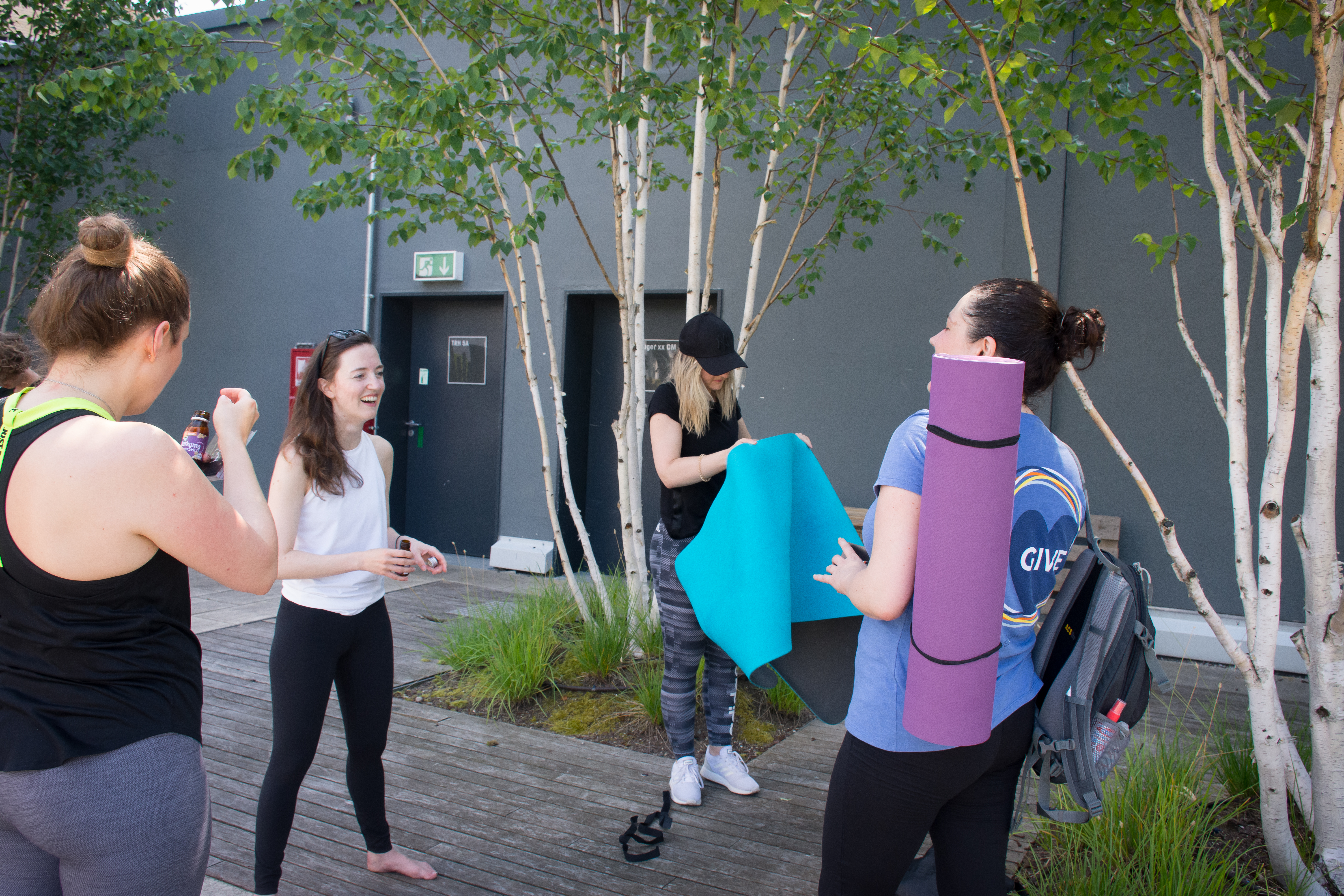
Food photography is a big part of my life as I started my blogging career as a food blogger. I am experienced in attending blogging events organized by Restaurants and later got directly employed as photographer to shoot their food, usually with either one of two key objectives, i) to generate content to support their brand, e.g. brochures, website, menus, press releases and ii) for social media use. If you plan on hiring me as your food/product/restaurant photographer, you can simply supervise the styling session or leave it to me.


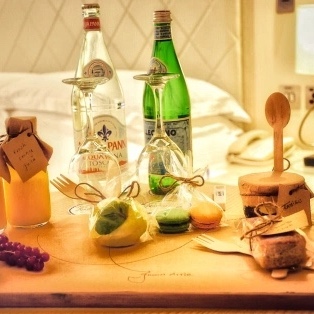




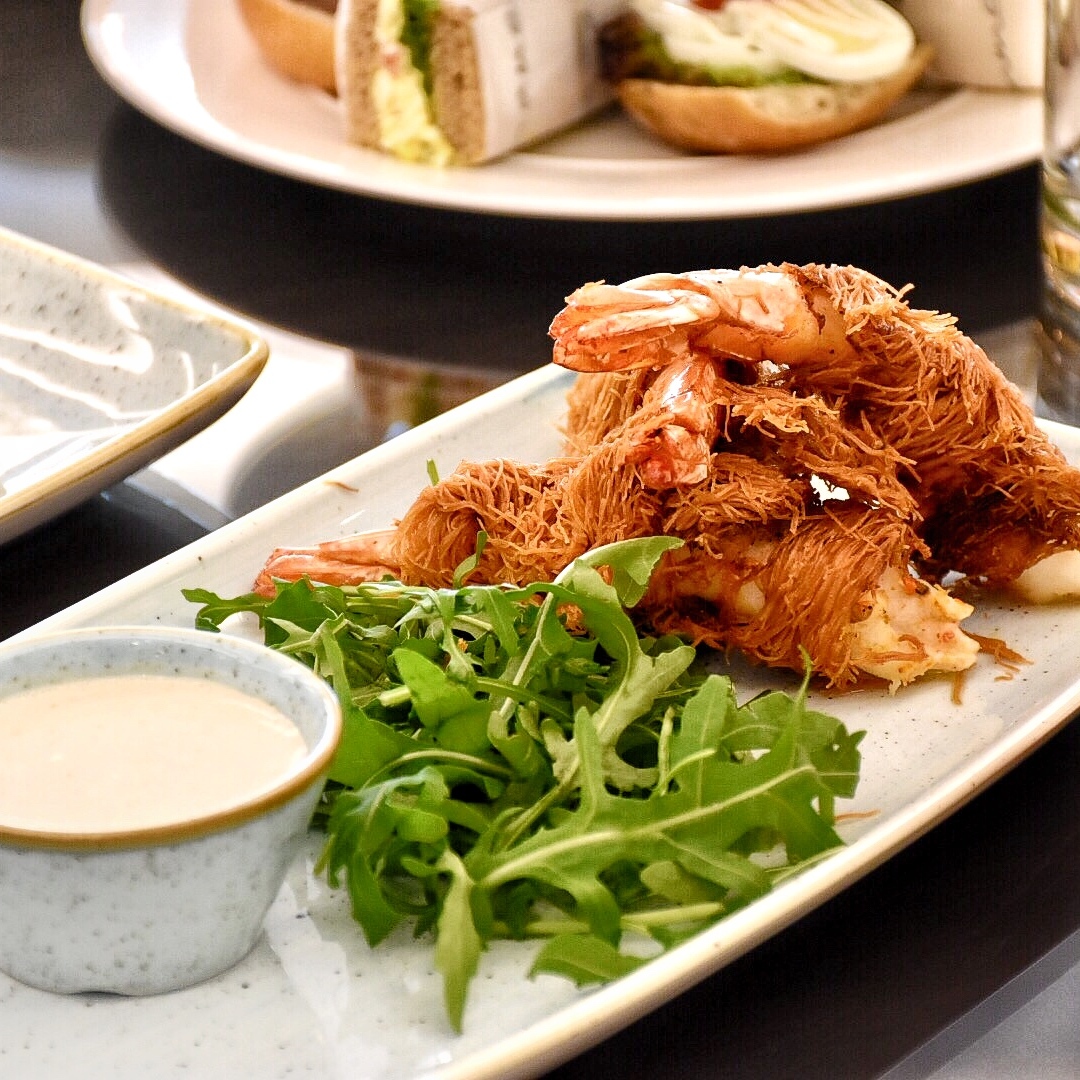

Apart from photography and videos, and writing for my own blog I also write content for other websites also called ‘guest blogging’ it helps me exponentially, to get more photography clients through other websites. It helps me connect with the vendors I write for, also increases my reach by reaching their audience. Like this I have the prerogative to share my mind with the new readers and form connection with them.
PHOTOGRAPHY PACKAGES
Do you want me to Shoot your
PORTRAIT, TEAM, EVENT
There could be any number of other packages included or excluded, depending on your projects precise setup and requirements. Please feel free to get in touch to discuss your Custom Package.
GET IN TOUCH
The easiest way to get in touch with me is via
Instagram DM https://www.instagram.com/photographybysanchali/ OR
Email at sanchali@sancsuum.com
Capturing Creative and Playful Shots You Always Wanted!
“What Photography equipment & Camera gear I use/is necessary in order to take pictures?”
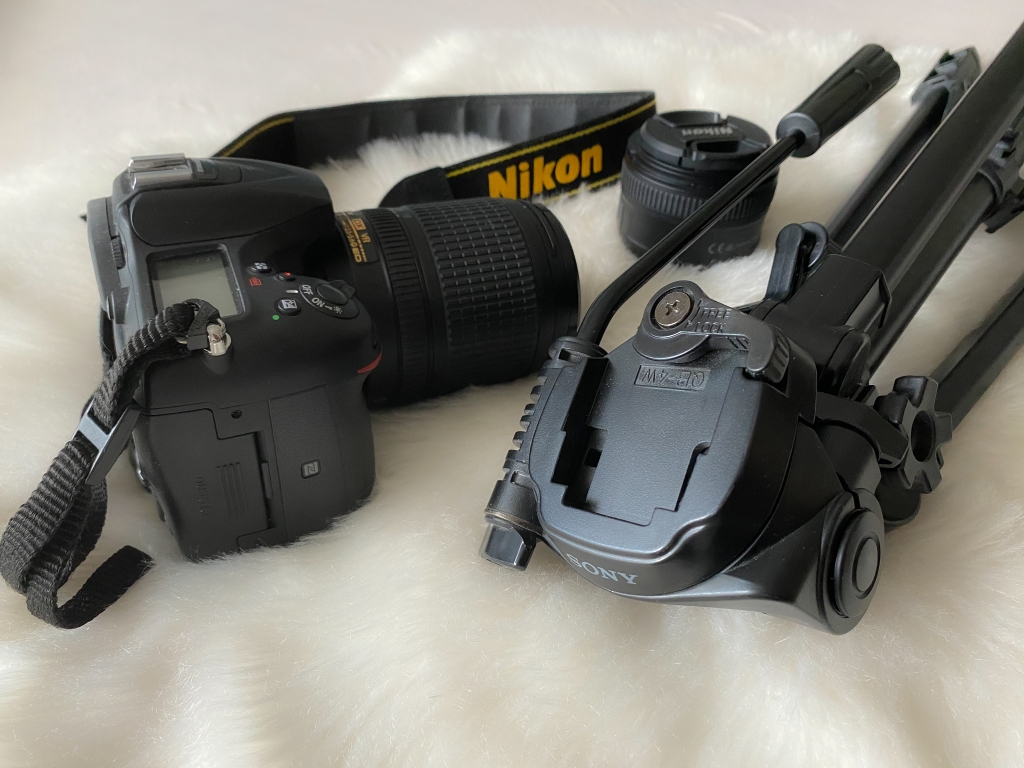
It’s a question that I get asked a lot any time that I mention I run a photography website or meet anyone who shares my passion for photography.
In terms of the equipment and gear, I have only made innocent purchases so far. I currently own a Nikon D7200 and two lenses for my photography. For portraits, I use the 18-140mm and for product/food I use the 50mm lens.
While capturing a long exposure or slow-shutter photograph, I use a @sony VCT-R640 tripod. I haven’t yet explored the lighting set ups, I am mostly using natural light trying to keep it cost effective.
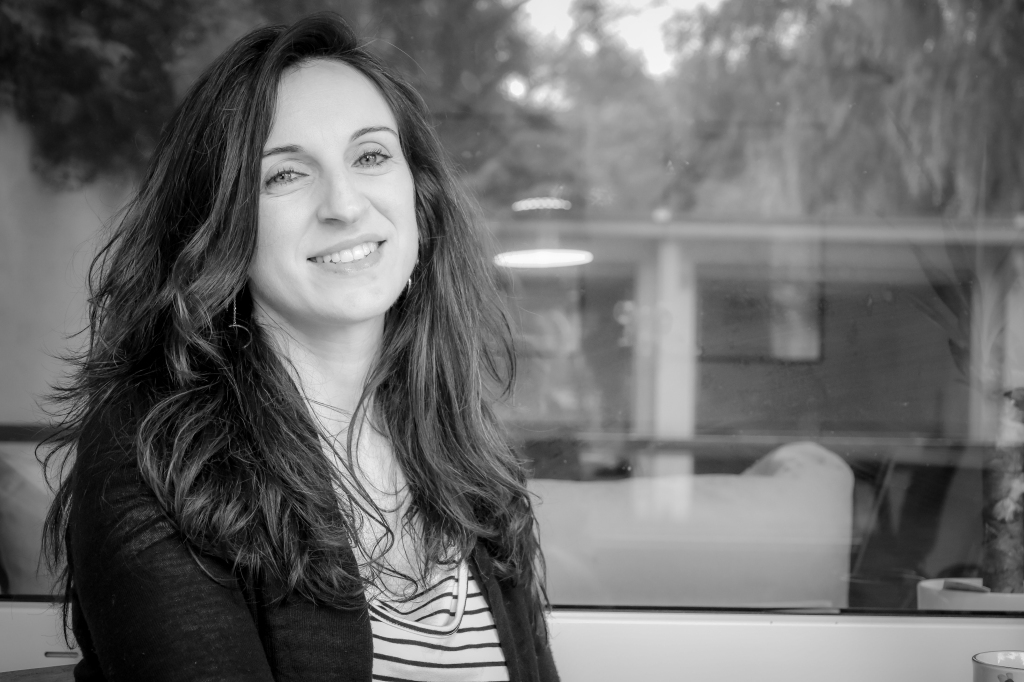


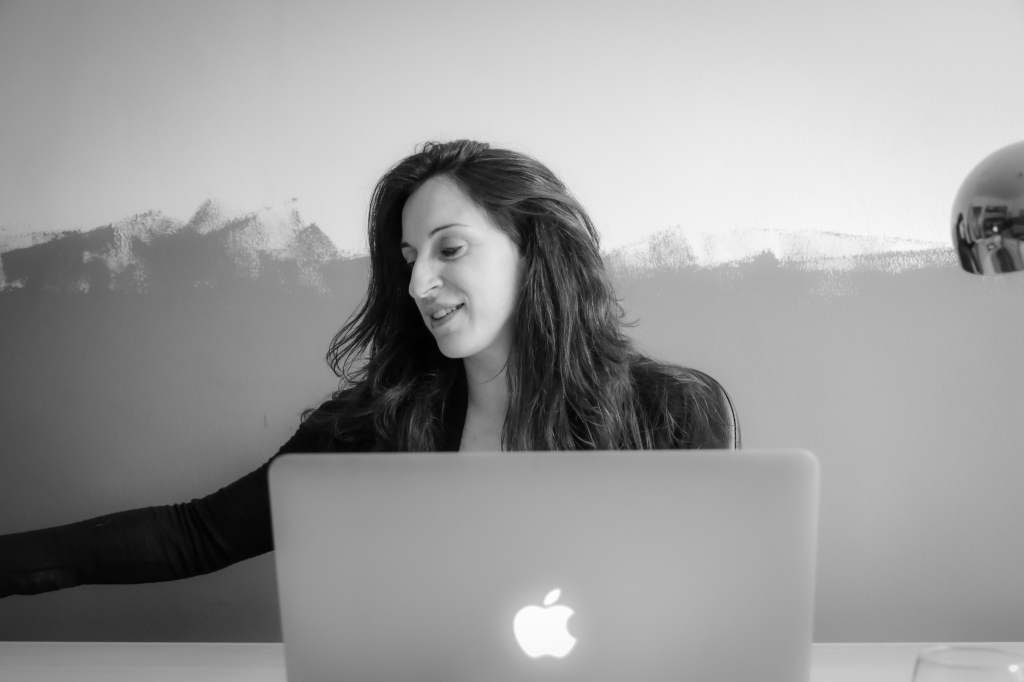

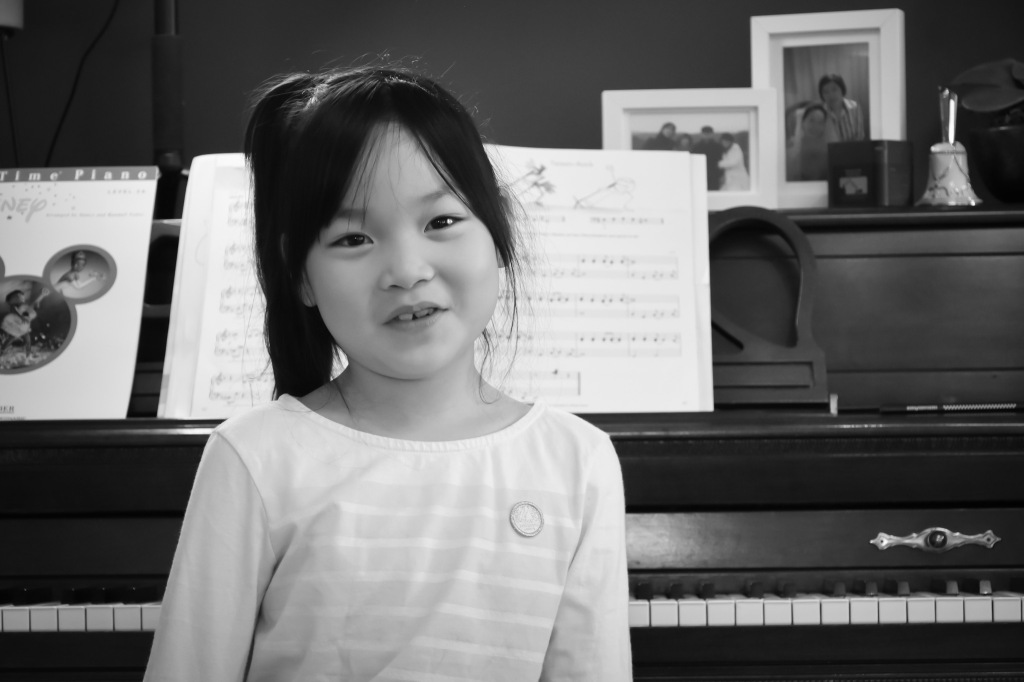



Here’s what my photographer friend and mentor quotes..

When I started photography, I felt intimidated by the list of essential photography equipment I thought I needed.
Practice soon made me realise that the latest gear means nothing without skill and a good eye.
Sometimes we all get photography-equipment-envy. But think about past photographers who worked with very basic gear.
Many of them didn’t have access to camera gears or extensive lighting kit. And they certainly couldn’t buy gear online.
I take my inspiration from their technical discipline. Their intuitive creativity with composition and natural light interests me.
Especially their responses to aperture, focal length and shutter speed.
Reducing my gear forces me to get the basics right. I have to consider settings, subject matter, composition, and lighting.
Practice relentlessly. And rely on your photographic skill and experience.
Best,
Sanchali
Making the most of your festival experience as a photographer is more than just turning up to the main stage and shooting. You’ll need to prepare for a very long day of shooting. Depending on the size of the festival the facilities for press and photographers can vary greatly. These days, unless you are shooting some of the big festivals, you’ll be lucky to get free water or somewhere to shelter.
Let’s look at preparing your kit bag:
For most gig shoots you can get away with one body but if you can, take a 2nd body. If your primary body fails you might miss several days of photography. Also, a 2nd body with a different lens on will make switching focal lengths easier. If you don’t own one, borrow a body if you can. If you can’t borrow one, consider renting a 2nd body for a couple of days.
One of the big differences between shooting a gig at a local venue and a festival is that you will likely be a larger distance away from the stage. If you don’t have a fast, long focal length lens like a 70-200mm f/2.8, consider renting one from a company like Lenses For Hire.
Don’t expect there to be facilities where you can charge your camera batteries so make sure everything is fully charged and have a spare. It’s worth taking one of those portable battery packs to recharge items like your mobile phone or even your camera battery if it supports USB charging.
You will spend more time carrying around your camera gear than using it so be sure to pack everything into a comfortable bag that also allows you easy access. Choose a bag that has straps and supports in all the right places and will generally put up with most weather conditions.
While camera equipment is arguably very important, packing these other items will make sure you are fully prepared.
Whether it’s rain or flying beer, there is a good chance that your camera or lens might get wet. Keep a stock of lens wipes and microfiber clothes handy.
Though the variety of food and drink that can be found at festivals is mind-boggling these days, it can be expensive. Since the days can be long you could easily end up eating all 3 daily meals there. Save some cash and take your own water and food/snacks. Being hungry and thirsty will ruin your creativity and motivation, so stay fed and watered.
While taking your own food and drink will save you a lot of money, be sure to take some cash. It’s handy for emergencies when your own provisions run out, or you just want to treat yourself to a delicious cheeseburger or a refreshing summer drink.

Photography by Sanchali, Jungle Carnival, Hagenbecks Tierpark

Photography by Sanchali, Jungle Carnival, Hagenbecks Tierpark
 When shooting a festival, the days are long and you will spend long periods of time either walking from stage to stage or standing about. You will want to wear very comfortable, but practical clothes. Comfortable walking boots, layered clothing, walking trousers, and waterproofs are your best friends. European festivals are well known for the mud and rain, and you will be miserable if you are soaked through and have muddy feet. If you are shooting on a sunny day, don’t forget sunblock.
When shooting a festival, the days are long and you will spend long periods of time either walking from stage to stage or standing about. You will want to wear very comfortable, but practical clothes. Comfortable walking boots, layered clothing, walking trousers, and waterproofs are your best friends. European festivals are well known for the mud and rain, and you will be miserable if you are soaked through and have muddy feet. If you are shooting on a sunny day, don’t forget sunblock.
Once you’ve got all your kit sorted, you need to have a plan.
Though you could just rock up to the gate and wonder about the festival for a few days, working out a few key items will allow you to better use the time you do have there.
Not all festivals will publish the running times of the acts, but you can at least review who you need to or want to shoot. Depending on the size, layout and running times of the festival, it may not be possible to photograph everyone. So, write a list of the artists that you either must and/or want to shoot. If there is a published running order with times please keep in mind this is always subject to change so be prepared to modify your schedule.
If you are planning on sharing any of your images live from the festival now is the time to take note of any associated hashtags or account names. You probably won’t have a lot of time between artist performances so save yourself a bit of time and take note of some key social media tags. For each post, you’ll want to tag the band and the festival. Take a read of 12 Things To Do When Starting Out in Gig Photography for some tips on sharing your images.
Obviously, you know where the venue is but do you know how you are getting there? What are the parking restrictions? Do you need to pay for and get a parking permit in advance? How far are the stages from the car park? Take all these things into account and leave plenty of extra time.
Do you know where and from who you need to get your pass/ticket/wristband from? Sometimes your ticket will come in the mail, but your photo/pit pass will need to be collected on-site. Either way, give yourself plenty of time to sort this out. being stressed and anxious won’t help you resolve any issues more quickly.
If you can get a site map in advance so you can see where all the stages are this will help in the planning of your schedule
Unless this is the first year of a festival there will likely be a few images of the previous year’s somewhere on the internet, including the festivals own website. These images will help you understand what the layout looks like, key shooting locations, stage sizes etc.
You’ve done all your preparation, you arrive at the gate, get your pass and you’re in! Here are some things for you to think about:
No, this isn’t about checking your Facebook or Instagram feed while you’re there but your interactions with the other people that are working there. Some of the people you will find worth making friends with are:
 You are unlikely to be the only photographer at a festival so there will always be someone to talk to when your hanging about the side of the stage waiting to get into the pit. Aside from it being a great way to do a bit of networking you can often pick up some useful information. By speaking to your fellow togs you might find out about schedule changes, cancellations, or even when the pyrotechnics in the front of the stage might go off! After you’ve done a few gigs and festivals you’ll start the see the same faces making the whole experience a bit more fun.
You are unlikely to be the only photographer at a festival so there will always be someone to talk to when your hanging about the side of the stage waiting to get into the pit. Aside from it being a great way to do a bit of networking you can often pick up some useful information. By speaking to your fellow togs you might find out about schedule changes, cancellations, or even when the pyrotechnics in the front of the stage might go off! After you’ve done a few gigs and festivals you’ll start the see the same faces making the whole experience a bit more fun.
If you’ve read the article 12 Things To Do When Starting Out in Gig Photography, you’ll know how the value to the importance of the photographers’ relationship with security staff. While they are unlikely to give you access that you aren’t authorized to have, knowing your security staff will allow for an easier transition between stages and they are also a great source of useful information.
While the obvious draw for people when they come to a festival is the music, there is often so much more than going on.
Most festivals have a wide variety of acts on. Everything from circus performers, comedy acts, kids entertainers, DJs, open mic slots, etc. Make sure you go away from a festival with a wide range of photographs that help tell the story of the event.

Photography by Sanchali, Jungle Carnival, Hagenbecks Tierpark

Photography by Sanchali, Jungle Carnival, Hagenbecks Tierpark
There is more to festival photography than getting an epic shot of a famous band. While you’re hanging about waiting for the next band or act to come on stage check to see if there is anything else worth photographing. For example, is there a collection of nice guitars or drums sitting on stage that makes for a good image?

Photography by Sanchali, Jungle Carnival, Hagenbecks Tierpark
No festival photography story would be complete without shots of the crowd. The best time to shoot the crowd is just after a song has finished as this is the most likely time they will have their hands in the air. If you have a 2nd body make sure you have your wide-angle lens on so you can quickly turn around from the main stage and grab that wide-angle crowd shot.

Photography by Sanchali, Jungle Carnival, Hagenbecks Tierpark

Photography by Sanchali, Jungle Carnival, Hagenbecks Tierpark
While you are walking between stages be sure to have your camera ready. It’s always worth walking with a smile and stopping with a chat. You will meet some amazing people and because you are relaxed they will be giving you a much better image.
There’s no doubt that shooting from the pit will provide you with some great angles and opportunities to capture amazing images. But have you considered:
The mixing desk is a great location to get those epic crowd and stage shots. Try standing in front of the desk area and holding your camera above your head (live view and a tilting screen really help here). It may also be possible to get into the mixing desk area. It’s often on an elevated platform giving you a much better shot.
This area is typically more controlled than other areas, but if you can get access shooting from the side of the stage can give you some really interesting shots. Images of the band or artist playing to a massive crowd make for some great shots.
If neither of these locations are directly on your list of areas you can access it’s always worth introducing yourself to the stage manager or someone on the mixing desk. Tell them who you are, and what you’d like to do. It won’t always result in access, but if you don’t ask you’ll never know if you could have.

Photography by Sanchali, Jungle Carnival, Hagenbecks Tierpark
Nothing beats being the first photographer to get an image out onto the internet. So, if you have the capability, get your images out into your social media channels as soon as you can. Make sure you tag the band and the festival as well. The sooner you get your images out the more likely the band or festival will also share it.
You’ve just spent 3 days in a muddy field and shot over 2000 images. The first thing should do is to get those images onto your computer. Import them straight away into Lightroom (or just onto your hard drive) so you have another copy. You should then kick off your backup routine which should be robust enough that you will have another copy of the images, and if possible and offsite/cloud copy.
Once you have multiple copies of your image data be sure to take some time and tag all your images with some metadata. At a bare minimum, you should tag them with the festival name and the name of the band or artists. No one likes doing this but it will make image selection and search much easier.
If you’ve gone home every night or had your laptop, you should do this every day of the festival.
Unless you have a specific requirement to publish a number of images of each band or artist, you should ideally only select 2 or 3 images for processing. Be hard on your own work and only select images that will really make the cut. After a few solid days of festival work, the thought of having to process hundreds of images will be daunting and you may struggle to start.
By selecting on a couple of images of each band and some crowd shots, the overall number of images you will process will seem much more manageable and achievable.
If your publication, festival, or a band come back to you for more images, process some more then. Hopefully, you will have tagged all your images so finding the right images will be easy. If you are using a program like Lightroom, most of the time you can copy the develop settings from one of your previously develop photos.
Photography of a festival is hard work, but hopefully, the tips above will let you plan and execute your festival shoot a little more effectively. But most of all, just make sure you enjoy it!

Photography by Sanchali, Jungle Carnival, Hagenbecks Tierpark

Photography by Sanchali, Jungle Carnival, Hagenbecks Tierpark
Do you have any festival photography tips? Was there anything on that list that you hadn’t considered? Let me know in the comments below.
Post Courtesy: Improve Photography
Event: 1. The Schlagermove Parade, Hamburg.
2. Jungle Carnival, Hagenbecks Tierpark.
Last week I went to Animal park Hagenbeck, the wildlife park in Hamburg and had a thoroughly enjoyable few hours photographing in the lovely landscaping with lots of mature trees and gardens. The best time to visit the zoo is now when the days are dry and sunny, it doesn’t rain as often and the temperature is pleasant. Plan your day with the help of a 10-day weather forecast app. Make sure to allow enough time at least 4 hours to the 19-hectare animal park with more than 1,850 animals from all continents, including one of the largest elephant herds in Europe. While enjoying a stay in the cosmopolitan city, be sure to find some time to visit the park. Those with younger travelers in tow will especially appreciate the chance to interact with newborn animals ranging from penguins to lion cubs.
With lots of snack spots and clean public toilets, with easy walking paths and numbered map one could easily spend a whole day there. They also provide wagons for kids at the counter. Parking is across the road and is €4 for 24hrs and the zoo easily accessible by U-Bahn and buses from the city.
Walk around and enjoy!
It was nice to see the quality of care given to animals, the animals look all happy and cared for. Great animal enclosures that really bring you into “their” environment. Different species are conserved in their natural habitat and there are many animals roaming freely in the park, you can get too close to them. Don’t miss the polar area where you can go in/out/down below the polar bears, penguins, and walrus, the orangutan house, the elephant freewheeling hall.
I couldn’t visit the tropical aquarium and the souvenir shop this time, so next time I visit the park I will have more to share and update.
Have been to several zoos in various countries but Hagenbeck is still one of our favorites. Make sure to bring some carrots or peanuts to feed the elephants!
Admission to the zoo and aquarium is €30 for adults or €21 for children ages 4 to 16. A family ticket for two adults and two children costs €85. Tickets can also be purchased separately for just the zoo (€20 for adults or €15 for children) or aquarium (€14 for adults or €10 for children).
For more information, visit https://hagenbeck.ticketfritz.de/
~xoxo